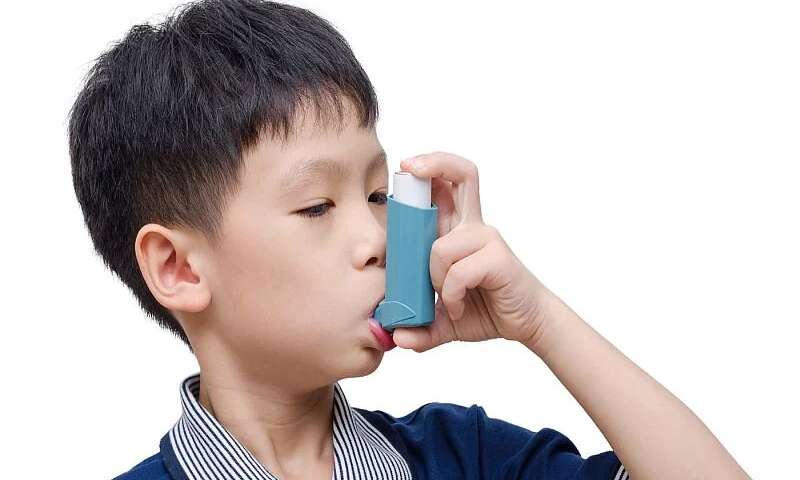
(HealthDay)—Statistical models demonstrate how targeting certain air pollutants could reduce the incidence of childhood asthma, according to a study published online July 22 in the Proceedings of the National Academy of Sciences.
Erika Garcia, M.P.H., Ph.D., from the Keck School of Medicine at the University of Southern California in Los Angeles, and colleagues used data from three successive cohorts recruited from the same nine communities in southern California during a 20-year span (1993 to 2014) to estimate the incidence of asthma using G-computation under hypothetical air pollution exposure scenarios targeting nitrogen dioxide (NO2) and particulate matter <2.5 µm (PM2.5) in separate interventions. Asthma incidence was compared under each hypothetical air pollution intervention with incidence under the observed natural course of exposure.
The researchers found that if the observed reduction in ambient NO2 in southern California had not occurred in the 1990s and early 2000s, childhood asthma incidence rates would have been significantly higher; if NO2 had been lower than what it was observed to be, asthma incidence rates would have been significantly lower. Compared with observed exposure, compliance with a hypothetical standard of 20 ppb NO2 was estimated to result in a 20 percent lower childhood asthma incidence. The findings for hypothetical PM2.5 interventions were smaller in magnitude although statistically significant.
“Our study demonstrated a large potential public health benefit of air pollution reduction, both realized and hypothetical improvements, in reduced asthma incidence in children,” the authors write.

Leave a Comment